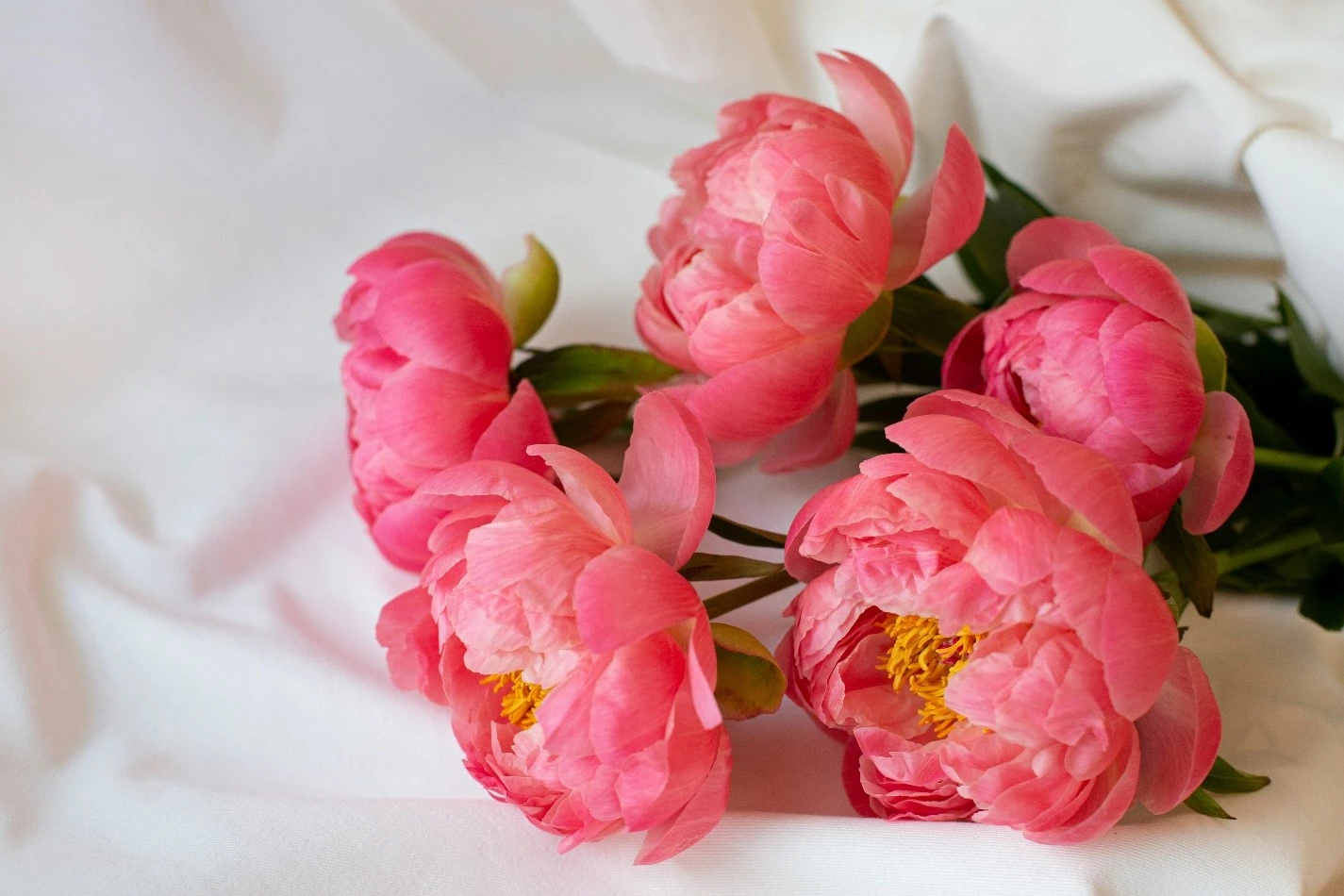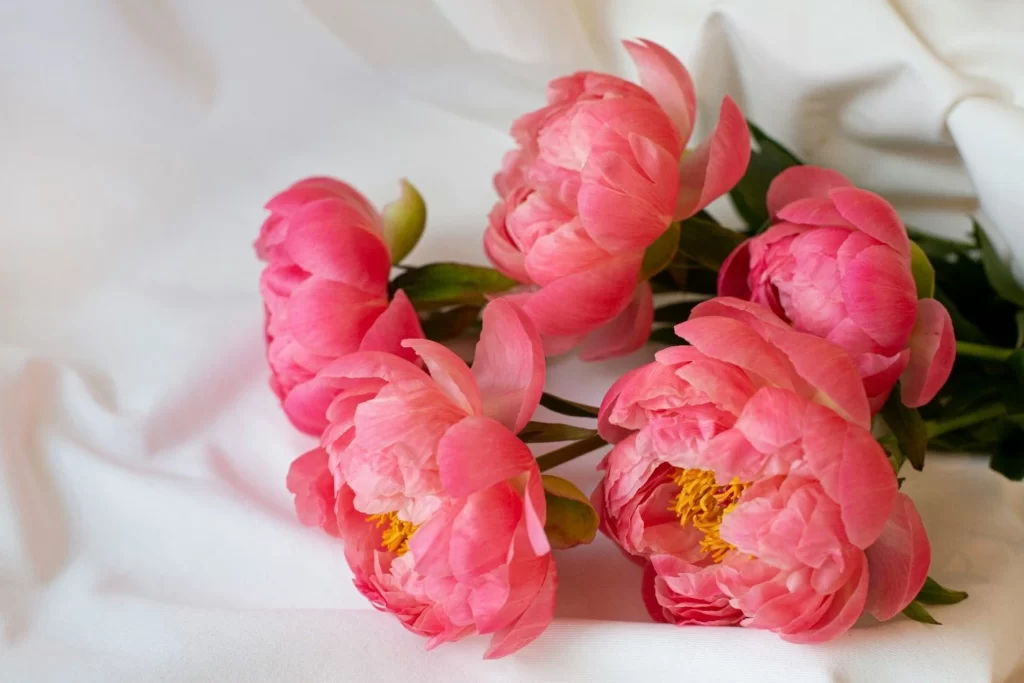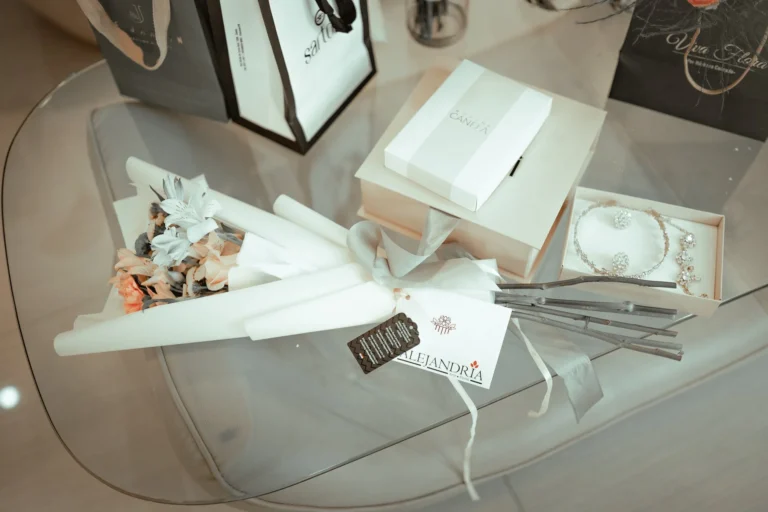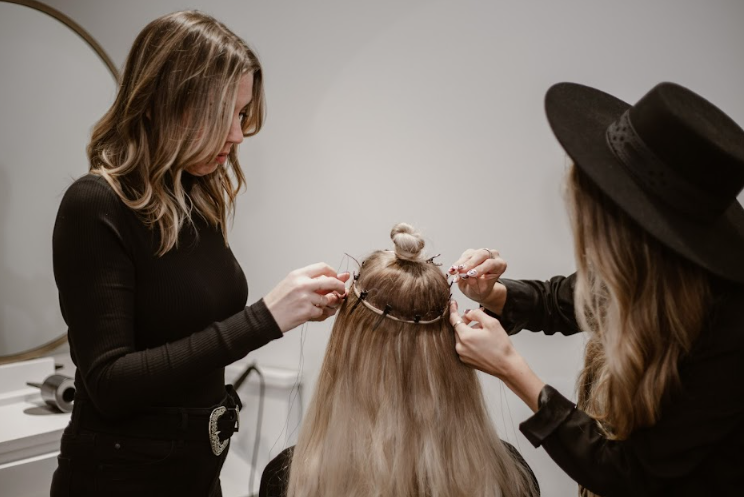Flowers and Feng Shui: Energy and Harmony in Your Home


Introduction
The ancient Chinese art of Feng Shui has been practiced for centuries, focusing on harmonizing individuals with their surrounding environment. Central to this philosophy is the concept of ‘Chi,’ or life energy, and the belief that our surroundings directly influence our energy and well-being. Among the myriad of elements in Feng Shui, flowers hold a special place. They are not only beautiful and fragrant but are also powerful tools for enhancing the flow of positive energy in a home, especially when arranged in big bouquets. This article delves into the transformative power of flowers in Feng Shui, revealing how they can elevate the energy and harmony in your living spaces.
Contents
Flowers as Positive Chi Activators
In the realm of Feng Shui, flowers are more than just decorative elements; they are vibrant activators of positive Chi. Different flowers are believed to attract various types of energy, and their strategic placement can significantly impact the well-being of the inhabitants. For instance, peonies, often referred to as the ‘Flower of Riches and Honor,’ are believed to foster romance and are ideal for the bedroom or living room. Similarly, chrysanthemums, symbolizing longevity and health, are perfect for areas where you seek peace and recuperation, like a reading nook or a home office.
It’s not just the type of flower that matters, but also their colors. Bright sunflowers bring a sense of joy and vitality, ideal for energizing a dull space, while white blossoms. Such as orchids, promote purity and mental clarity. Understanding the symbolic meaning and energy of each flower allows you to use them as tools to activate specific types of Chi in your home.
Balancing the Five Elements with Flowers
Feng Shui is deeply rooted in the balance of the five elements: Wood, Fire, Earth, Metal, and Water. Flowers can serve as a medium to introduce or balance these elements in a living space. For example, flowers with lush green foliage embody the Wood element, which is associated with growth and vitality. Red or purple flowers, such as roses and lavender, represent the Fire element, igniting passion and energy.
Balancing these elements is crucial for creating harmony in your home. If a room feels overly aggressive, which can be a sign of an excess of the Fire element, introducing blue or white flowers can bring in the calming energy of the Water element. Similarly, if a space feels stagnant, incorporating bright, fiery-colored blooms can energize the area. The key is to observe your space and feelings, using flowers as natural, beautiful tools to bring balance and harmony.
To further exemplify, yellow or earth-toned flowers, like marigolds or sunflowers, symbolize the Earth element, fostering stability and grounding energy. This is especially useful in spaces where you seek a sense of security and calm, such as a family room or study area. On the other hand, flowers with metallic shades, such as silver thistles or dusty miller, can introduce the Metal element. Which is associated with clarity and precision, making them ideal for spaces where focus and organization are needed.
Additionally, incorporating aquatic plants or flowers with a flowing form can symbolize the Water element, promoting a sense of ease and fluidity in areas that feel too rigid or confined. By understanding these elemental associations and applying them thoughtfully, flowers become powerful agents in achieving a balanced and harmonious Feng Shui in your home.
Creating a Flower-Filled Sanctuary
Transforming your home into a flower-filled sanctuary involves more than just placing bouquets randomly. It requires mindfulness and intention. Start by choosing fresh, vibrant flowers, as wilted or dying flowers can attract negative energy. Place them in areas where you spend a lot of time, or in spaces that feel lifeless.
Consider the Bagua map, a Feng Shui tool that divides your space into areas related to different aspects of life. Placing specific flowers in these areas can enhance their corresponding energies. For example, bamboo or lucky bamboo in the wealth area can foster prosperity, while peonies in the love and marriage enhance romantic relationships.
Also, remember to balance artificial and natural light, ensuring your floral arrangements receive enough light to thrive. This not only keeps the flowers healthy but also maintains a vibrant Chi in your home.
Conclusion
Incorporating flowers into your home following Flowers and Feng Shui principles is more than a decorative choice—it’s a transformative practice that brings balance, harmony, and positive energy into your living spaces. By understanding the symbolic meanings of different flowers, aligning them with the five elements, and placing them with intention. You can turn your home into a sanctuary of well-being and tranquility. Embrace the power of flowers to create a harmonious environment where both you and your flowers can flourish.
Also Read: Garden Ornaments: Your Backyard’s Ultimate Makeover Tool





